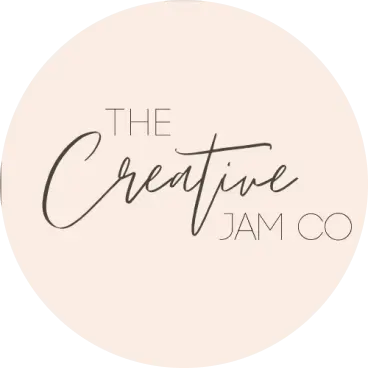Goals that are clear and doable are of high essence if the students are to maximize their academic potential and open ways to their success in future lives. At its simplest, ambition is never enough. The structured and effective approach to goal-setting must be with a framework, and nothing better can be asked for than the SMART method.
It is great to do what is needed to achieve many goals, but in most cases, it is really overwhelming when getting through piles of tasks blindly. The moment you understand your goal, it opens your path, and it becomes easier to take action and track the progress. If the goals are measurable, it ensures better grades and professional growth.
xTiles will help you learn a new trick: to evaluate every goal of yours from a few points of consideration to see if it’s worth your time and what the best strategy for execution is. Our SMART Goals Template and SMART Goals examples for students will help you reach academic success.
Understanding SMART Goals
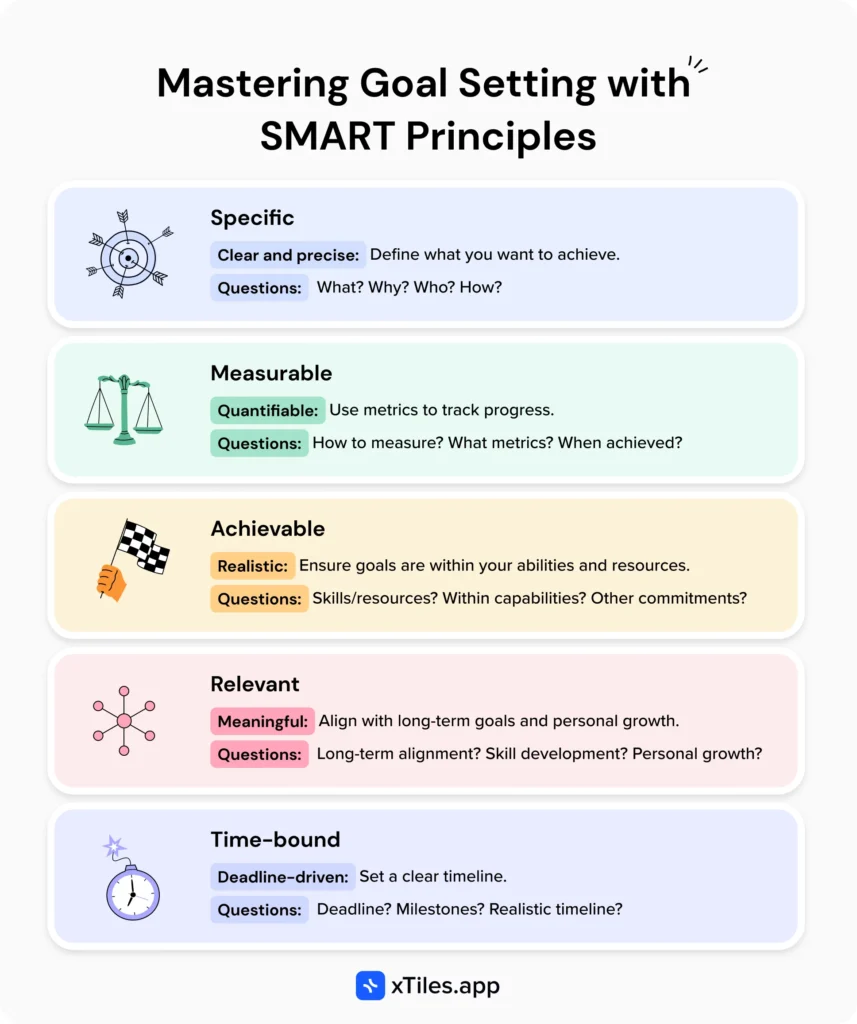
SMART stands for Specific, Measurable, Achievable, Relevant, and Time-bound. The goal-setting model gives a student a structured roadmap to set definite and achievable goals, which shall keep him focused, track his progress, and finally achieve the desired outcomes.
Specific
Goals must be set with clarity, conciseness, and unambiguity, therefore leaving no room for misinterpretation. This will ensure that the student knows exactly what is expected of them, and in so doing, leave no room for the goal to be confusing or ambiguous. While setting a specific goal, a student should answer questions like:
- What precisely do I want to achieve?
- Why is this goal important to me?
- Who is involved in achieving this goal?
What steps or actions are required to accomplish this goal? Goals, specifically defined by the student, paint a vivid mental picture of what success looks like and provide a focused action plan when in place.
Measurable
On the other hand, quantifiable goals would mean putting a figure to it, hence allowing the students to measure the progress and, on the same account, be able to celebrate success at different stages. Goals that can be measured give concrete ways to know whether progress is taking place and whether the desired goal is achieved. Measurable goals:
- How can I quantify or measure my progress toward this goal?
- What metrics or indicators can I use to track my performance?
- How will I know when I have achieved this goal?
Set measurable goals that the students may easily track, note areas they may need to improve, and thus change tactics.
Achievable
Goals should be challenging yet achievable in light of the student’s abilities, resources, and time restrictions. Achievable goals walk a tightrope between ambition and realism, nudging students into going the extra mile for themselves without toppling over into the pitfalls of perfectionism or comparing with others, which will just breed frustration and sap motivation. Realism in setting achievable goals takes into consideration the following:
- Do I have the necessary skills, knowledge, and resources to achieve this goal?
- Is this goal within my current capabilities, or will I need to acquire additional skills or resources?
- Can I realistically accomplish this goal, given my other commitments and responsibilities?
Develop goals that would not be intimidating to the students but would provide them with confidence and motivation for their growth and development of new skills.
Relevant
In relevance, the goals have to meet the broader aspirations of succeeding in academics, advancing in career life, or personal development. Relevant goals ensure that the efforts applied and the time taken are meaningful and contribute to overall growth and objectives relevant to him or her in the future. Determining relevance would mean asking:
- How does this goal align with my long-term academic or career aspirations?
- Will achieving this goal help me develop valuable skills or knowledge or improve productivity?
- Does this goal contribute to my personal growth or well-being?
That sense of purpose and direction is carried along with the student by setting out clear, concise goals to ensure the efforts made are for purposes attached to broader ambitions.
Time-bound
Time frames, otherwise referred to as deadlines, attached to the achievement of a goal give a sense of urgency and accountability. Time-bound goals ensure that the target date or duration in which something has to be done is clearly stated. Setting a time frame, learners should consider:
- By when do I want to achieve this goal?
- Can I break this goal down into smaller, more manageable milestones with specific deadlines?
- How can I create a realistic timeline for achieving this goal?
To stay focused and motivated, however, it is incumbent on the student to set time-bound goals within these parameters and adjust strategies when off the pace or need a new approach. Thus, following the SMART framework will lead the students in their academic way, helping them stay always motivated and continuously go one step further for improvement and evolution.
Each of the five components of the SMART acronym plays a role in ensuring the goal’s definition is explicit, it is measurable, attainable, relevant, and time-bound. This is likely to enhance success and overall satisfaction in an individual.
Benefits of Effective SMART Goal-Setting for Students
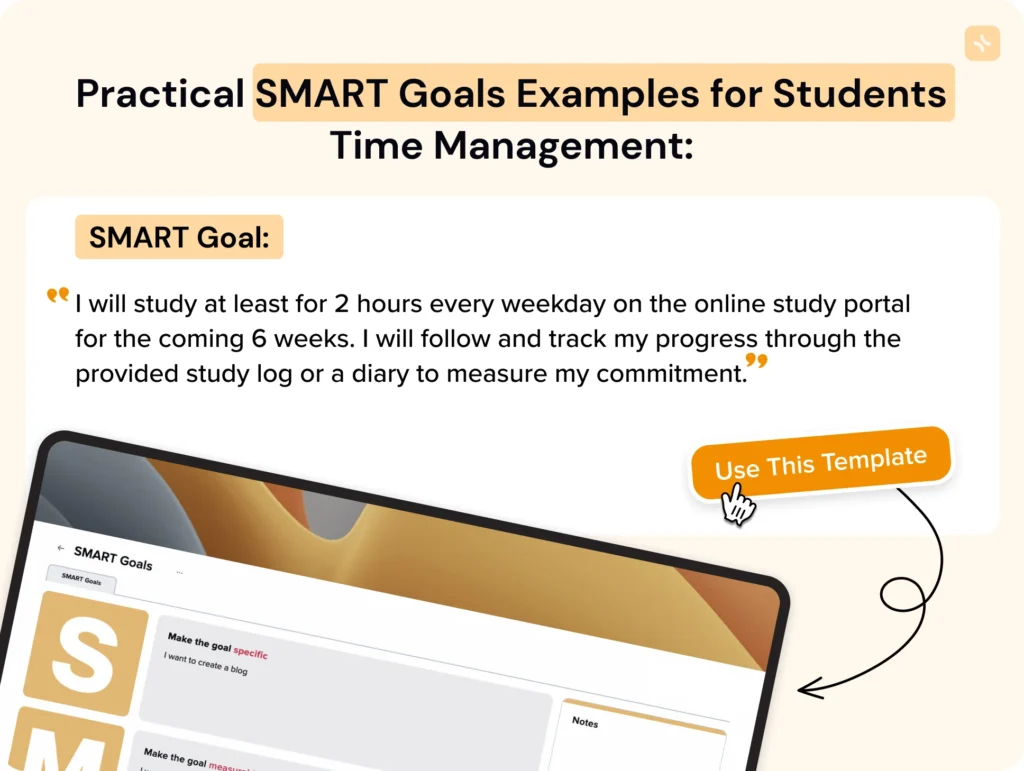
Embracing the SMART method offers numerous advantages for students, enabling them to unlock their full academic potential and pave the way for success. These benefits include:
Enhanced Focus and Motivation
Smart goals are clear and well-defined, giving direction to where all efforts are focused. Thus, they help a person keep their eyes on the prize and do not lose motivation. Objectives that are very specific help the student’s attention to be wholly drawn to the ultimate goal; as a result, fewer distractions and procrastination will be experienced.
This makes the SMART goals equally clear to them, thus giving a sense of direction that makes students remain interested and focused to take part in their academic activities.
These are, in fact, SMART goals, as they are specific in nature, measurable in character, achievable, realistic within the student’s life, and time-bound. They can measure successful arrival at the goal, and en route, celebrate arrival at benchmarked points. These little “victories” can be a potent source of motivation for the learner, indicating that their work is paying off and fostering perseverance in the face of challenges.
Improved Time Management
When students establish specific deadlines and measurable targets, they can better manage their time and prioritize tasks. As a result (or probably a bonus), they will achieve increased productivity and academic success.
The time-bound component of SMART goals creates a sense of urgency (yet, try to do it in healthy range; there’s no point in overwhelming yourself), prompting people to allocate their time and resources effectively to meet their deadlines.
Additionally, the measurable aspect of SMART goals enables students to quantify their progress and personal goals and identify areas where they may be falling behind. This awareness empowers them to adjust their schedules, prioritize critical tasks, and optimize their study routines, ultimately enhancing their time management skills and maximizing their study productivity.
Accountability and Progress Tracking
SMART goals help the learner keep track of his/her progress, celebrate achievement, and make changes where necessary. With the set measurable targets and deadlines, this in turn allows a student to be in a position of clearly and objectively assessing performance, hence helps gauge if they were indeed on course toward attaining the goals.
This grade of responsibility instills both self-discipline in students and motivates them to take responsibility for their academic expedition. When the tracking is properly carried out on a regular basis, the students will be able to know the active and passive areas, and in this regard, necessary correction at the right time to remain on the success path is possible.
Alignment with Future Aspirations
SMART goals help a student remain focused on the long-term goals and help in making prudent decisions pertaining to the academic journey. That is to say, when the students set their SMART goals, the goals worked upon are, in effect, in line with the larger aspiration and, in the process, purposive toward building them up for future success.
Example: An engineering student may set SMART goals on how to be the best in core engineering classes, be an active member of at least one engineering club or organization, and apply to internship opportunities pertaining to the course. All these shall enable students to focus on academics and extracurriculars to prepare for the desired career with strategic choices and long term aspirations kept in mind.
Sense of Accomplishment
When learners have achieved a goal, small or big, SMART, they experience triumph and feel empowered. Having completed a measured goal, they literally take it off, providing them with a sense of satisfaction as one of the possible rewards for the effort and hard work they have put into the task.
Finally, the achievement of a SMART goal actually becomes a big motivation because it frequently reminds the student of his or her ability and potential. This may set off a potentially positive cycle in which students are encouraged to try ever more challenging accomplishments, continually extending themselves and their horizons.
This will enable students to fully realize their potential in academia and create a pathway for them to succeed and be fulfilled in the future through using the SMART approach to focus, accountability, and alignment.
Practical SMART Goals Examples for Students
To illustrate the effectiveness of the SMART goal-setting method, let’s explore some practical examples tailored specifically for students:
Academic Performance:
SMART Goal: “I will study regularly, attend all classes, complete assignments on time, and seek tutoring support when needed to improve my GPA progress by 0.5 points by the end of the entire semester.”
Time Management:
SMART Goal: “I will study at least for 2 hours every weekday on the online study portal for the coming 6 weeks. I will follow and track my progress through the provided study log or a diary to measure my commitment.”
Extracurricular Involvement:
SMART Goal: “I will join the Environmental Club and attend at least 80% of their meetings and events during the current semester to explore potential career paths in sustainability.”
Personal Development:
SMART Goal: “I will improve my physical shape by getting a gym membership. I will exercise at least twice weekly and seek professional support if needed.”
Financial Management:
SMART Goal: “To save money for my desired career path, I will secure a part-time job within the next month and allocate 20% of my earnings to a dedicated savings account each month.”
These examples demonstrate how students can apply the SMART method to various aspects of their academic and personal lives, setting them on a path to success by breaking down larger goals into specific, measurable, achievable, relevant, and time-bound targets.
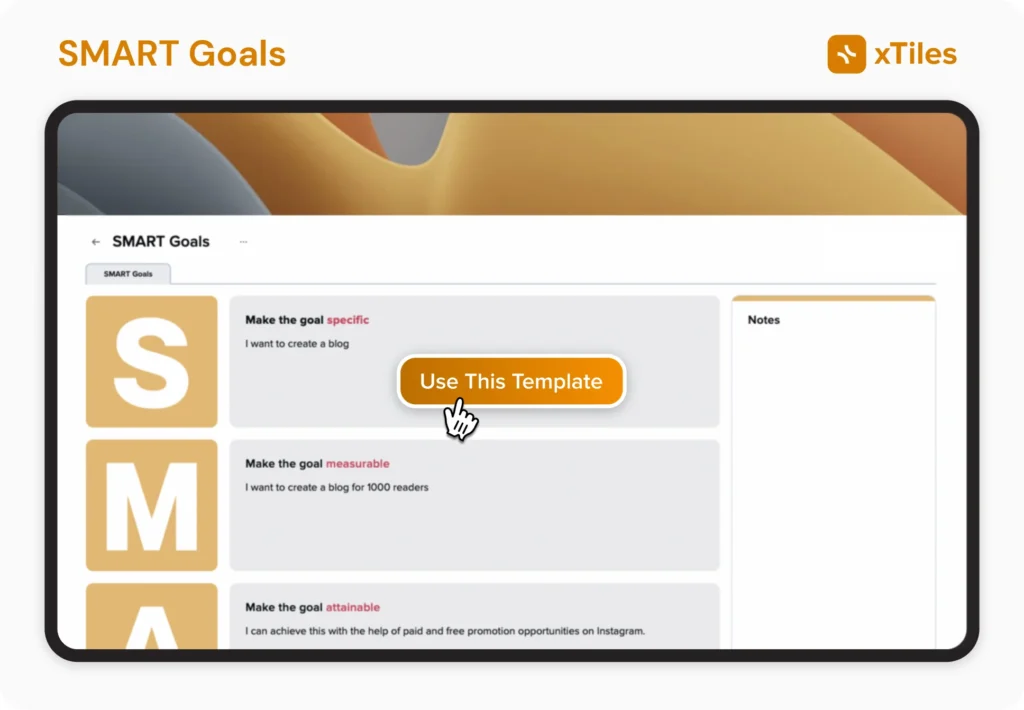
Strategies for Implementing SMART Goals
While setting SMART goals is a crucial first step, effective implementation is equally important. Here are some strategies to help students successfully integrate SMART goals into their daily routines and track progress toward achieving student’s future success:
Create a Goal-Tracking System
Use tools such as specialized apps for goal setting, calendars, or physical planners to note and follow up on both your SMART goals, deadlines, and progress.
The system is going to help measure the progress over the set goals, keeping the toes of the targets to be achieved at a constant pace. The tracking goal tools may be having a reminder function to ensure you keep on being responsible for ensuring your smart goals for students keep high up the list of priorities.
Break Down Larger Goals
If a goal seems daunting, divide it into smaller, more manageable steps or milestones to make it more achievable and less overwhelming. For example, if your relevant goal is to improve your overall GPA for your existing study program, you can break it down into smaller goals such as achieving a specific grade in each course, studying for a set number of hours per week, or seeking tutoring support for challenging subjects.
Seek Support and Accountability
Involve other people: friends, family, or study groups that will hold you accountable and encourage you toward achieving your set goals. Share the SMART goals with them and request that they follow them up constantly. Such a system of support could provide motivation, feedback, and even some kind of responsibility in terms of staying on the right track toward your targets.
Celebrate Small Wins
Celebrate Small Wins Celebrate and recognize any of your small or large progresses, as they will add positively to your motivations and keep pushing you ahead. By reaching the smaller milestones or the sub-goals along the way, it may give a sense of the belief that it is actually possible to reach the bigger SMART goals.
Regularly Re-evaluate and Adjust
Periodically reassess your SMART goals according to any change in circumstances or priorities and feedback. During your academic journey, goals may change or develop. Be ready to change your strategies.
Re-evaluating your goals will help you measure progress accurately and ensure that your efforts remain aligned with your long-term aspirations, such as a future career in your desired field.
By implementing these strategies, students can effectively integrate SMART method into their daily routines, maximizing their chances of success and unlocking their full academic potential. Consistent tracking, breaking down larger goals, seeking support, celebrating milestones, and regularly re-evaluating will help students stay focused, motivated, and on track toward achieving their smart goals for students, academic goals, and future career aspirations.
Tools and Resources for Setting SMART Goals
To further support students in their goal-setting journey, there are various tools and resources available to simplify the process and enhance productivity:
Apps for Setting Goals
The app that can possibly help you set your goals in a clear manner is xTiles, an online portal for tracking tasks and improving productivity. It offers a user-friendly interface, automatic progress tracking, and reminders to help students stay on top of their SMART goals.
It lets you create fully customizable goal “tiles” representing your SMART goals. Each can include details like goal description, due date, subtasks, and trackable progress on the tile.
xTiles offers a visually appealing, easy, and intuitive one-stop place to set, organize, and track your goals. The app allows setting specific deadline for your task and view them using a Calendar view. You can also create shared workspaces to work with your fellow students on your projects, whether it’s a extracurricular activities, specific essay, presentation, tests, etc.
Productivity Tools
xTiles can also serve as a productivity tools platform by breaking down big goals into smaller, more actionable bits and further be able to dole out due dates to each of them. You can apply different time management techniques to xTiles. For example, if you fancy the Pomodoro technique, you can map out time for your tasks – say, an hour – either on the to-do list or the calendar.
The checklist format makes it easy to mark off completed tasks and see your progress over time. They will help in setting goals with certain due dates, breaking goals down into smaller tasks to monitor progress, and seeing what tasks need to be completed.
Templates and Worksheets
xTiles provides customizable templates to guide you through the SMART method process step-by-step. You can choose from academic, career, health, and other life domain templates for any of your needs.
Campus Resources
Most of the schools and colleges are taken with the task of organizing workshops on goal setting, and even universities have the facility of academic and career advisor, all with their sole motive being helping the students.
Encouraging a Growth Mindset
While SMART goals provide a solid framework for academic achievement, it’s essential for students to cultivate a growth mindset – a belief that their abilities and intelligence can be developed through effort, perseverance, and a willingness to learn from setbacks.
Mastering the art of SMART method is a powerful tool for college students to unlock their academic potential and pave the way for future success. By setting specific, measurable, achievable, relevant, and time-bound goals, students can stay focused, motivated, and accountable throughout their educational journey.
Embrace the SMART goals framework, leverage the available tools and resources, and cultivate a growth mindset to achieve academic excellence and personal growth. The path to success starts with setting your own SMART goals today.
Conclusion
In fact, this can be an exciting and yet somewhat intimidating foray into the world of higher education; however, students who learn how to master the SMART method of studying can, in a very real sense, unleash their fullest potential and give themselves a tailwind for a very bright future. In other words, the SMART framework – specific, measurable, achievable, relevant, time-bound – will enable students to have well-defined goals, be motivated toward their achievement, and follow up on achievement with precision.
However, setting SMART goals is just the beginning. What was equally important was effective implementation, and the following guideline has presented some actions which could be used to help students with the integration of goals into daily routines.
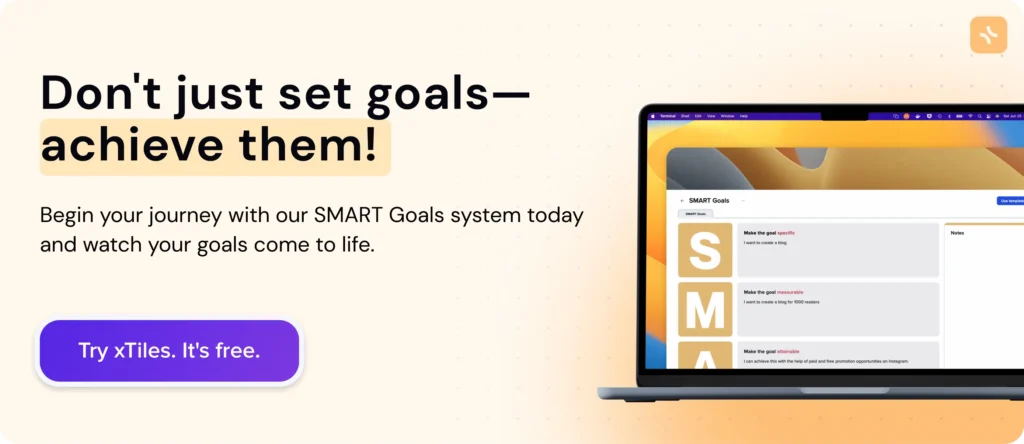
FAQ
What are good examples of SMART goals?
An example of a SMART goal is “I will increase my running distance from 2 miles to 5 miles by the end of this year by following a structured training plan and running 4 days per week.”
What is an example of a student goal?
“I will learn to code in Python by taking an online course and completing at least one coding project by the end of the semester.”
What is an example of a SMART objective that could be set for your school or college?
“By the end of the academic year, our college will increase student enrollment in STEM programs by 20% through targeted marketing campaigns and offering new scholarship opportunities.”
How do I write my SMART goals?
To write SMART goals, start by clearly defining your objective and making it Specific. Then, ensure it is Measurable by adding quantifiable targets or milestones. Make your goal Achievable by considering your resources and constraints. Set a Relevant goal that aligns with your broader aims or priorities. Finally, attach a Timeframe or deadline to create a sense of urgency and accountability.


